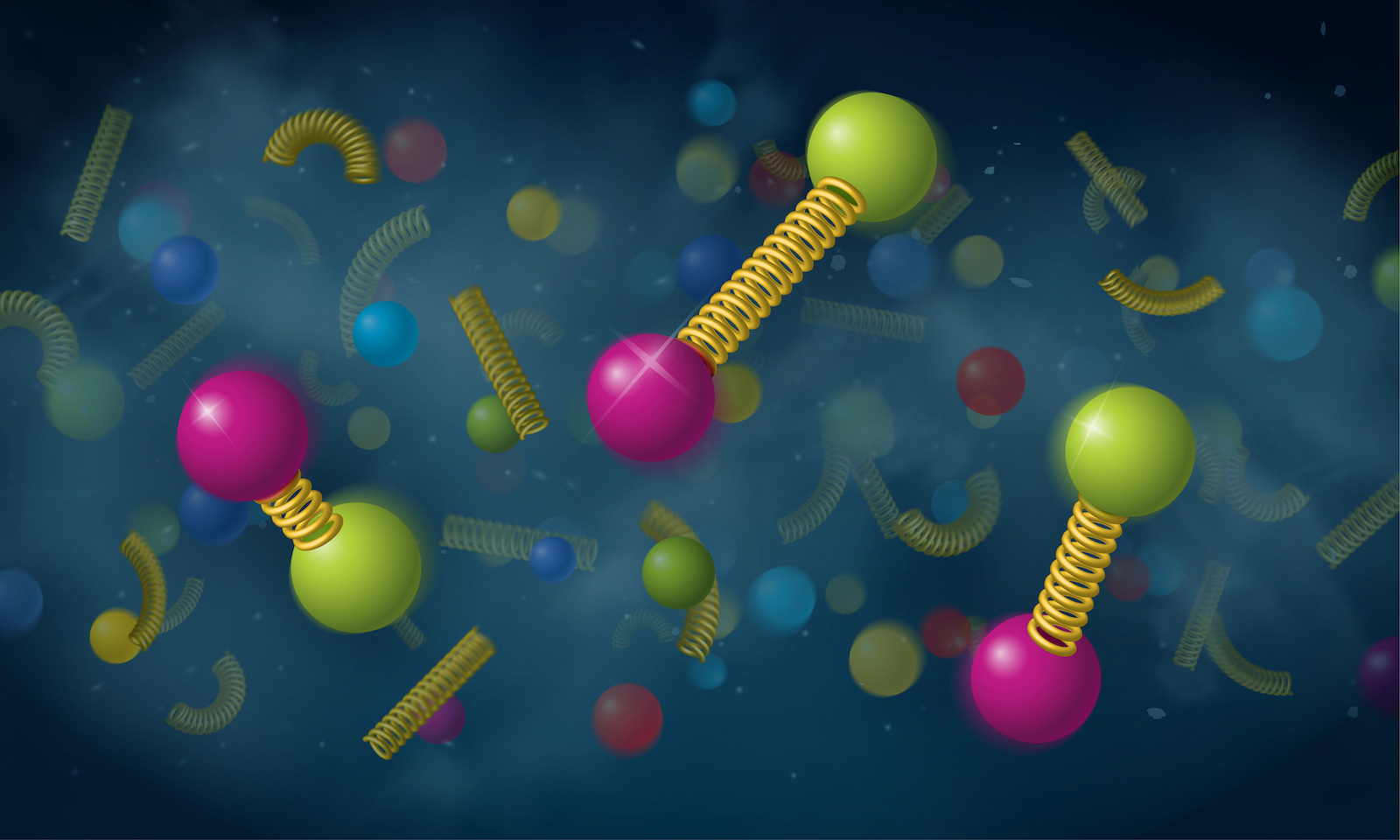
Case Study
The Observation of “Sequential Melting” of Upsilon Particles in Gold Nuclei Collisions
The observation, reported for the first time, can deepen our understanding of quantum chromodynamics and thermodynamics of the quark-gluon plasma

The strong (nuclear) interaction in particle physics is described by quantum chromodynamics (QCD), a framework in which protons and neutrons are no longer the degrees of freedom but are instead replaced by their constituents, namely quarks, and gluons, particles that mediate the strong nuclear force. The strong nuclear force, in fact, does not allow quarks to exist (and, in turn, to be observed) freely, a phenomenon commonly known as “quark confinement.” However, at extremely high temperature and energy densities, such as those prevailing in the Early universe, these quarks and gluons can exist freely in the form of a “soup” known as “quark-gluon plasma” (QGP). Such a “quark deconfinement” can, in fact, be reproduced in high-energy collisions of heavy ions, such as gold, uranium, and lead.
In particular, the Relativistic Heavy Ion Collider (RHIC) at Brookhaven National Laboratory is dedicated to studying the properties of the QGP. Interestingly, QCD predicts the existence of quarkonium (bound quark-antiquark pair) states in the QGP that can undergo different levels of suppression, also called “sequential melting.” Quarkonium states are, therefore, promising for probing the QGP to better understand quark deconfinement and the thermodynamic properties of the QGP.
Heavy quarkonium states, such as the bottomonium or Upsilon particles, are considered to be a particularly clean (low noise) signature of sequential melting. To fully understand the effect of sequential suppression of Upsilon states on the QGP temperature and the QCD force, it is necessary to measure both the ground and excited states of Upsilon particles.
In a new study published in Physical Review Letters, researchers at RHIC belonging to the STAR Experiment Collaboration reported, for the first time, the observation of sequential melting of Upsilon states in gold nuclei collisions. “it is fascinating how we can reconstruct a short-lived subatomic particle from a large background and study how it interacts with an extreme environment,” says Prof. Yi Yang from National Cheng Kung University (NCKU) in Taiwan, one of the co-authors of the study.
The results, consistent with the sequential melting pattern, showed how three distinct Upsilon states were suppressed at different levels. Prof. Yang and his collaborators from NCKU played a key role in this research, including the identification of muons (Upsilon particles need to be reconstructed from two muons) and the three Upsilon states, and the final physical result. Additionally, the model calculations were in good agreement with data within the uncertainties.
Excited about the findings, Prof. Yang speculates about their potential implications. “It will provide us a deeper insight into nuclear interactions, which is the foundation of clean energy, as well as a new direction to look for new physics. The technology for building the Muon Telescope Detector for this research could also be useful in medical imaging in the future,” he says.
Indeed, understanding the QGP can help us fathom not only the elusive quarks but also the universe itself!
Reference
Title of original paperMeasurement of Sequential ϒ Suppression in Au + Au Collisions at
√sNN = 200 GeV with the STAR Experiment
Physical Review Letters

